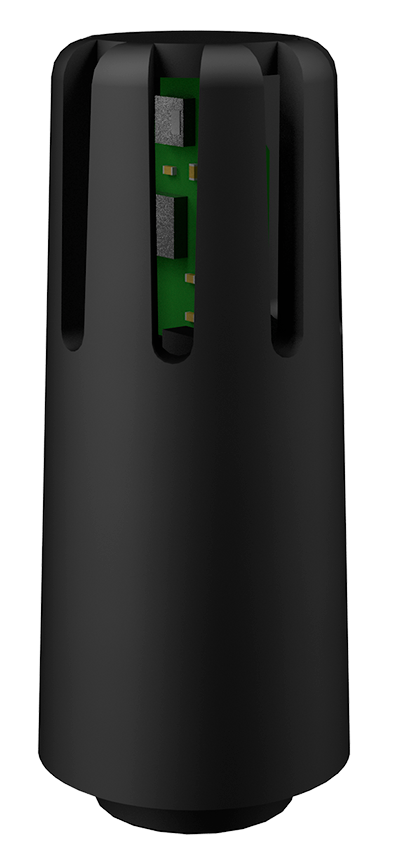Humidity
Maintaining proper indoor relative humidity (RH) levels is crucial for preventing mold growth and building degradation. Relative humidity refers to the amount of moisture in the air compared to the maximum amount of moisture the air can hold at a given temperature. Ideal indoor relative humidity levels are generally between 40-60%. Levels below 40% can lead to dry air which can irritate respiratory systems, cause static electricity buildup, and dry out furnishings. Levels above 60% provide favorable conditions for mold growth, which can damage buildings and pose health risks to occupants.

There are several reasons why monitoring and controlling indoor relative humidity is important. First, high humidity provides the moisture that mold and mildew need to grow. Mold releases spores which can cause allergic reactions, asthma attacks, and other respiratory problems. Second, sustained high moisture levels can damage building materials over time. Moisture causes wood to rot, metal to rust, and paint to peel. Third, moisture condenses on cold surfaces when relative humidity is high. This condensation can lead to water stains, peeling, cracking, and even structural damage.
Technology
The sensor has two elements – a humidifying element and a temperature sensor. The humidifying element is typically made of a material that absorbs moisture from the air, like ceramic, polymer, or metal oxide. As moisture is absorbed, the element’s electrical properties change in a measurable way. The sensor detects these changes to determine the actual moisture content of the air.
The temperature sensor, usually a thermistor or RTD, measures the current air temperature. Temperature is important because the warmer the air, the more moisture it can hold. So the maximum moisture capacity of the air depends on temperature.
Using the measurements from the humidifying element and the temperature sensor, the relative humidity sensor can then calculate the relative humidity. It does this by determining:
- The actual moisture content of the air based on the humidifying element’s readings
- The maximum moisture capacity of the air at that given temperature based on psychrometric charts or built-in calculations
- The relative humidity by taking the ratio of the actual moisture content to the maximum possible moisture content at that temperature and multiplying by 100.
Relative humidity sensors work by absorbing moisture with a humidifying element to determine actual moisture content and measuring air temperature to determine maximum moisture capacity. The ratio of these two readings then provides the relative humidity percentage.